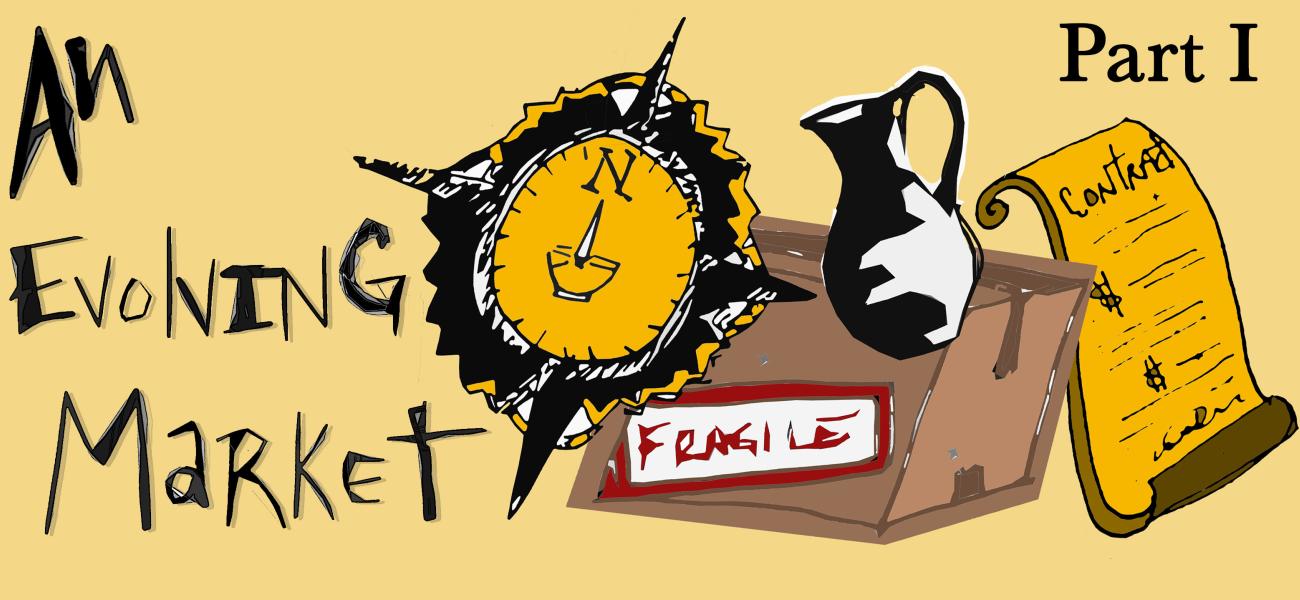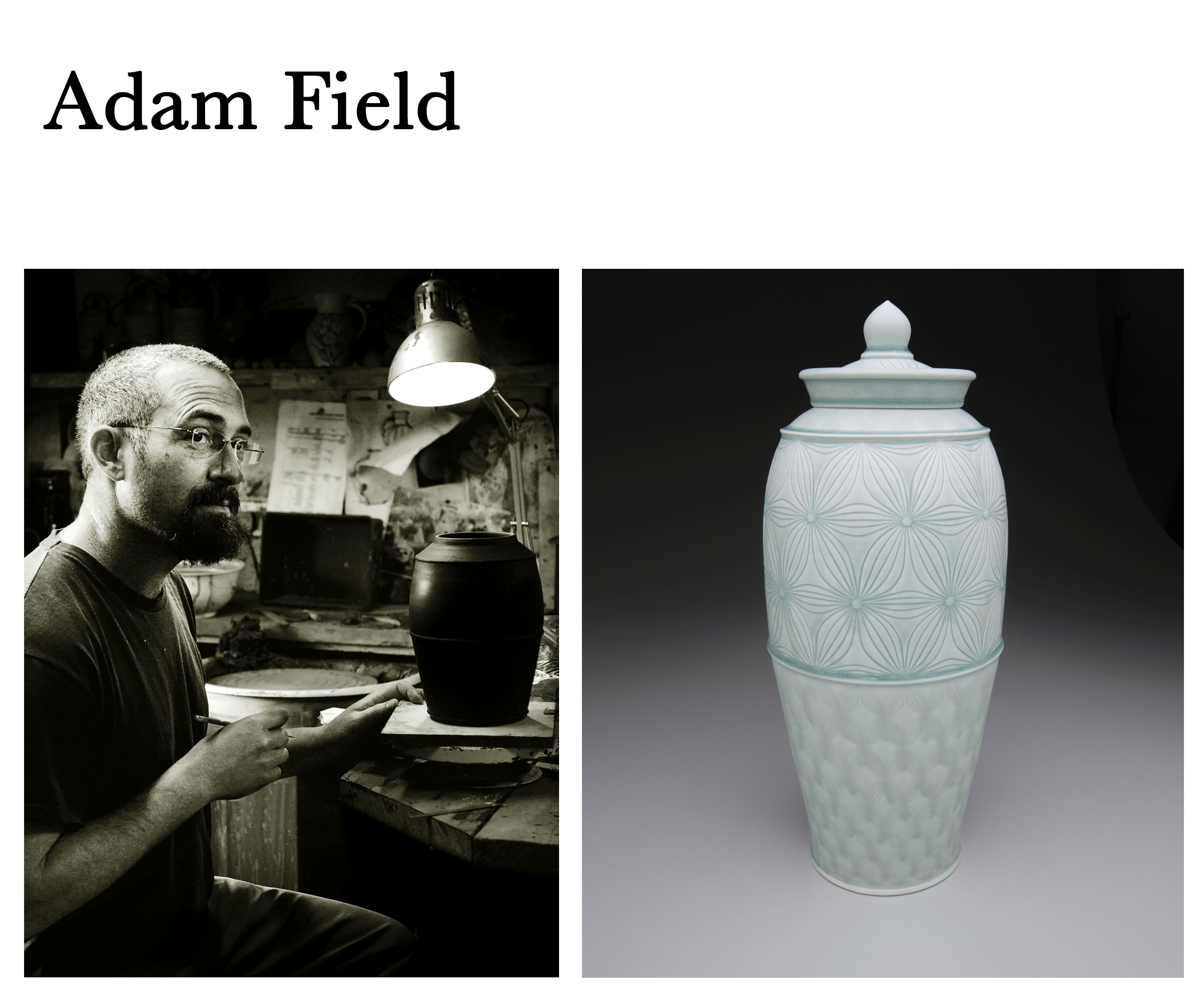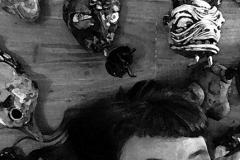Navigating An Evolving Market: Part I
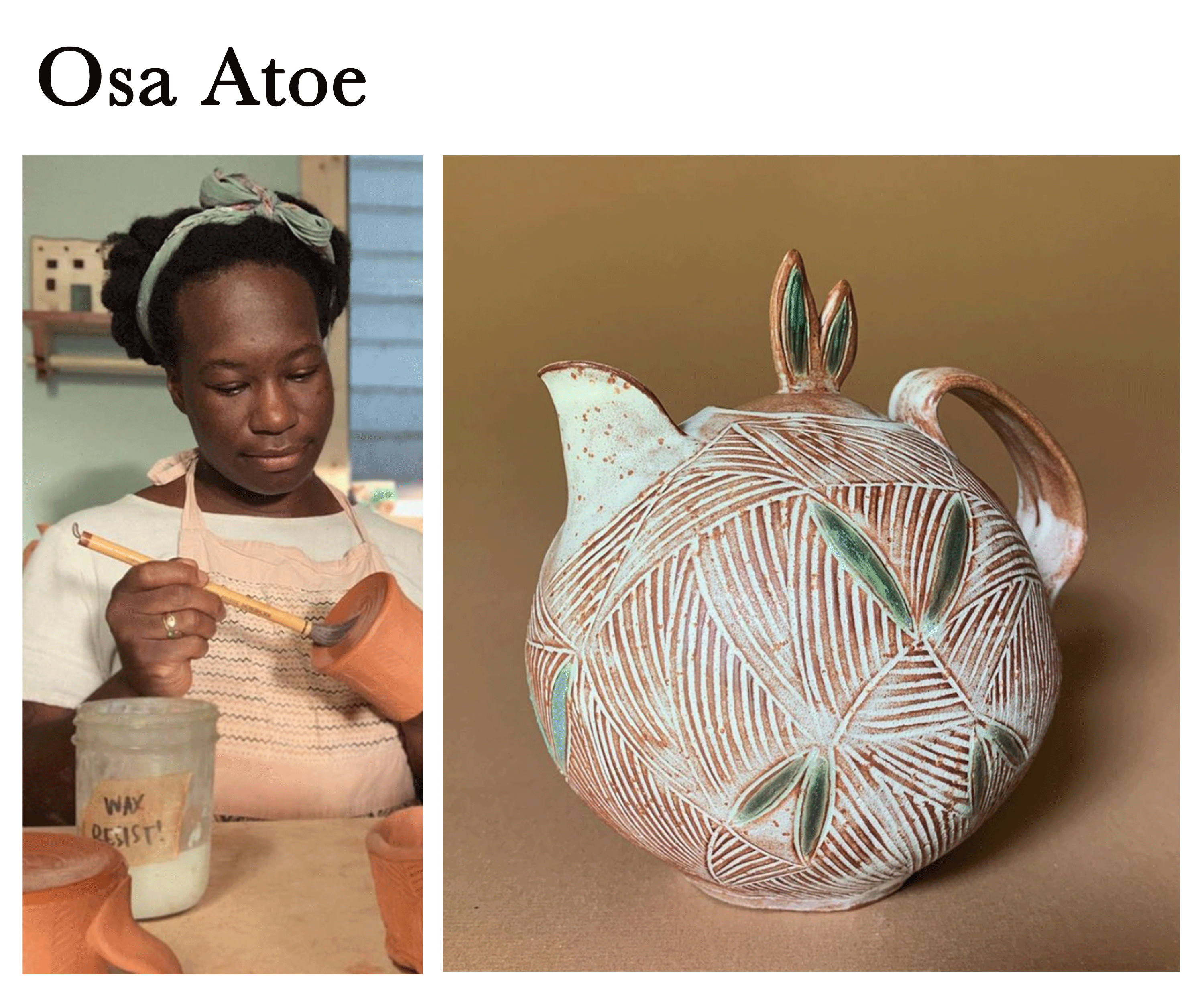

In the midst of our first conversation, she was at the beginning stages of negotiating contractual agreements and was finding some unexpected hurdles. When she attempted to communicate via email with galleries, no reply to specific questions came. The situation did resolve itself once she called directly to engage the conversation in a more immediate fashion, but the road to resolution prompted her to seek a larger conversation about the gallery-artist relationship, and she hoped it would include a range of voices.
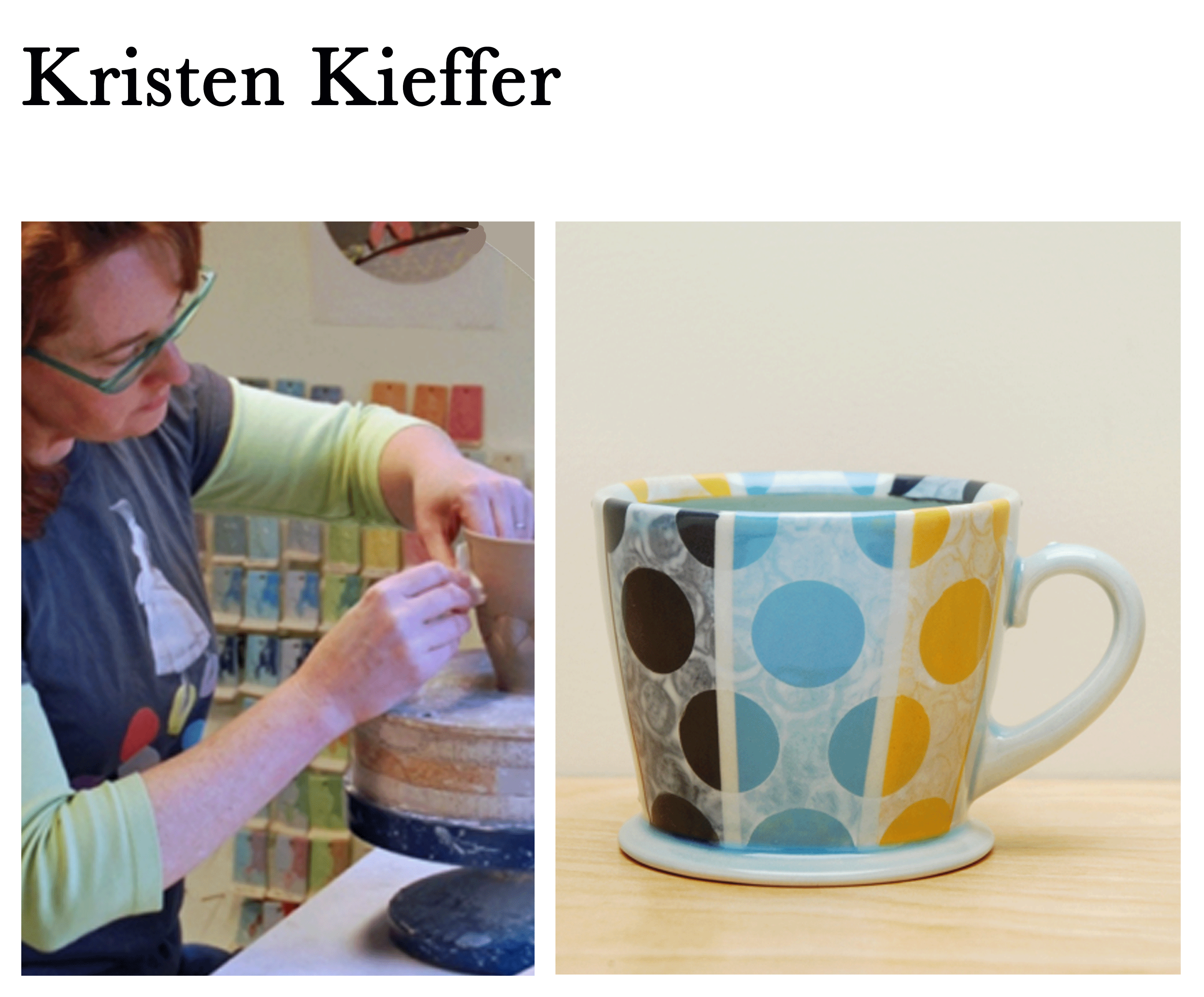
“POT is a ceramic studio at the end of the day – how we give back is through pottery. Pottery can help people because it’s therapeutic and alleviates anxiety, it’s communal, and it’s a trade. The craft can be used to personally and economically empower someone! POT Community Programming is a series of practices and perks we offer so these benefits remain accessible to the economically disadvantaged, undocumented immigrants, and victims of gentrification who otherwise would not try pottery due to high costs or lack of diversity. We keep our regular prices competitively low and strive to always be as accessible as possible with our overhead in mind, so we ask that you only request our sliding scale/free services if you need them and if you are POC.”
POT, in the melee of competing priorities that has defined 2020, was unable to participate in our conversation. The organization has a very clear mission and has kept their energy focused on their immediate community. While it was disappointing to not be able to talk with a representative from POT, it was illuminating to read about their approach and to hear about it from Atoe. She had been a visiting artist at POT and recalled that she never felt so supported. She felt there was a disparity between her experience with POT and the experiences she was encountering within her new opportunities. Why was she having to struggle so hard to engage in a conversation that should have been a clear cut, unemotional business negotiation? Grateful for the invitations and potential exposure to a wider audience for her wares and her brand, she just couldn’t square the equation of economic flow when it would wind up costing her more to participate in these opportunities. It made more economic sense to sell directly through her website to the following she has built on social media.
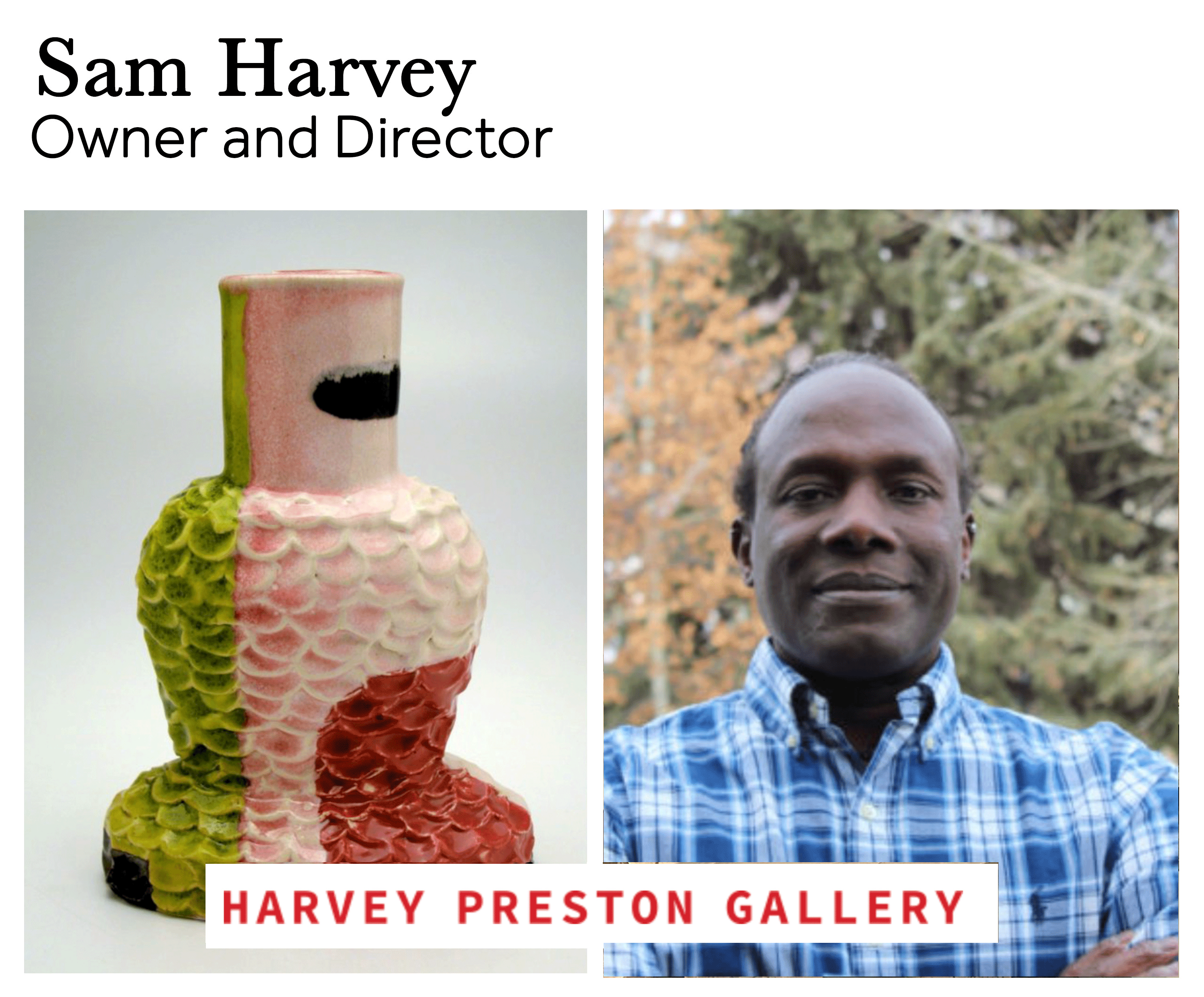
The conversation of economic sustainability also bears review because new faces are coming onto the scene that don’t know “how it’s always been done.” That can be a very good thing. They bring new questions, new possibilities, and new priorities to the existing paradigm – if we are ready to engage and listen.
If an artist runs into walls in the course of trying to establish a new business relationship, or to negotiate terms of said relationship, it unleashes a cavalcade of questions: If they invited me, my work must be good enough, but if it’s good enough, why am I not getting a better return on my investment? Am I not getting a better offer because I am a woman? Does the lack of engagement over contract negotiations have to do with race? Are artists with primary income streams, like teaching, or a spouse with a stable revenue, disrupting the market because they can agree to less return on their investment? Why won’t people talk about money? What am I really getting out of working with galleries? Why is the system so resistant to change? What would that change look like?
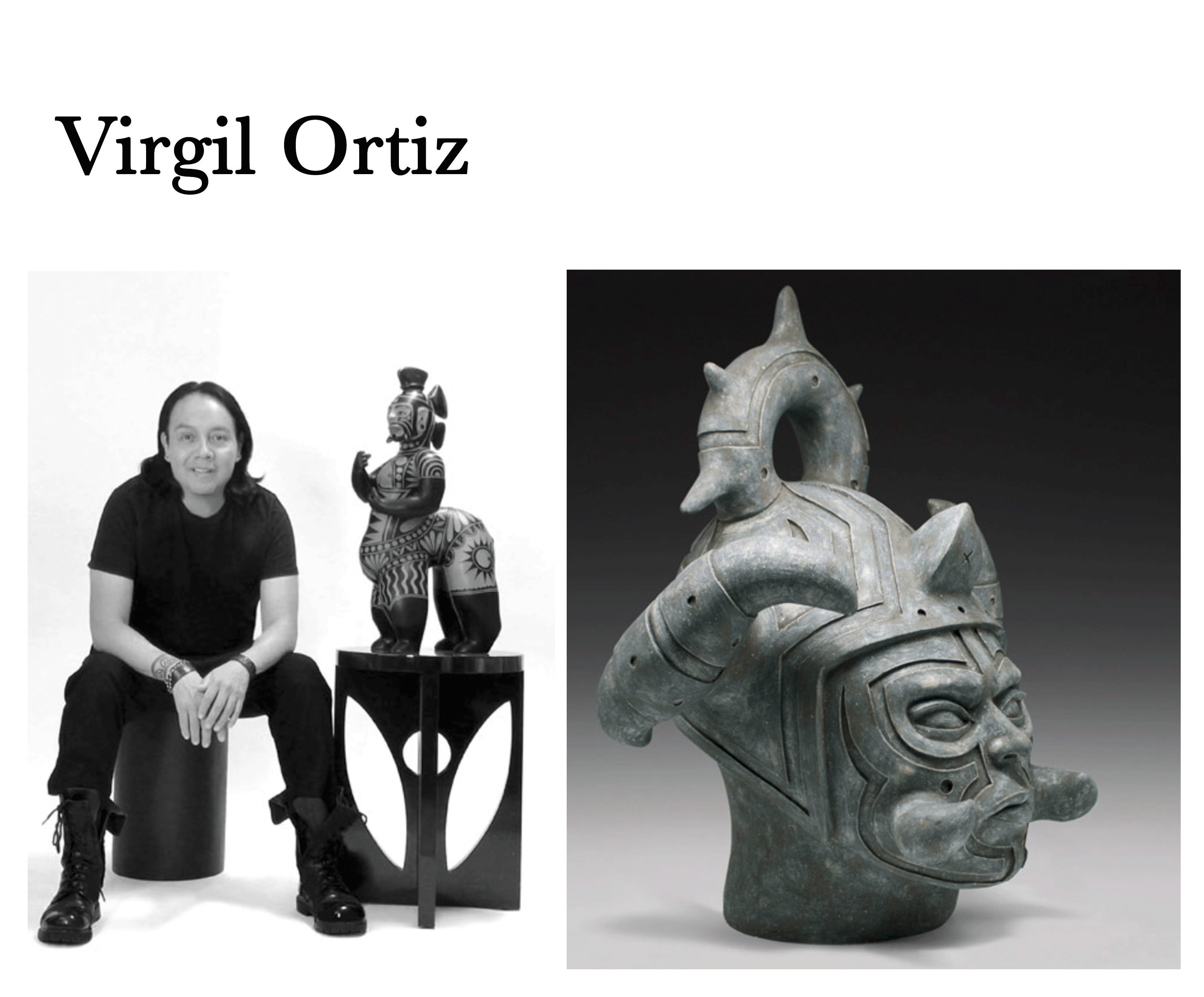
Potter said, “Yes, let’s have a conversation,” and invited representatives from the following groups to have a series of short conversations:
- Full-time artists (some who work with galleries and some who don’t; some who focus on design; some who sell at higher price points; some who sell at lower price points)
- Arts administrators (from private galleries; from craft schools; from ceramic art centers; from community art centers)
- People who operate within the field as makers and arts administrators
Most of the individuals involved in our conversations have decades of experience in the field, but also present were those who, like Atoe, are fairly new to the endeavor. In the end, fifteen people from the ceramic community weighed in with their personal experience.
An Abridged and Incomplete History
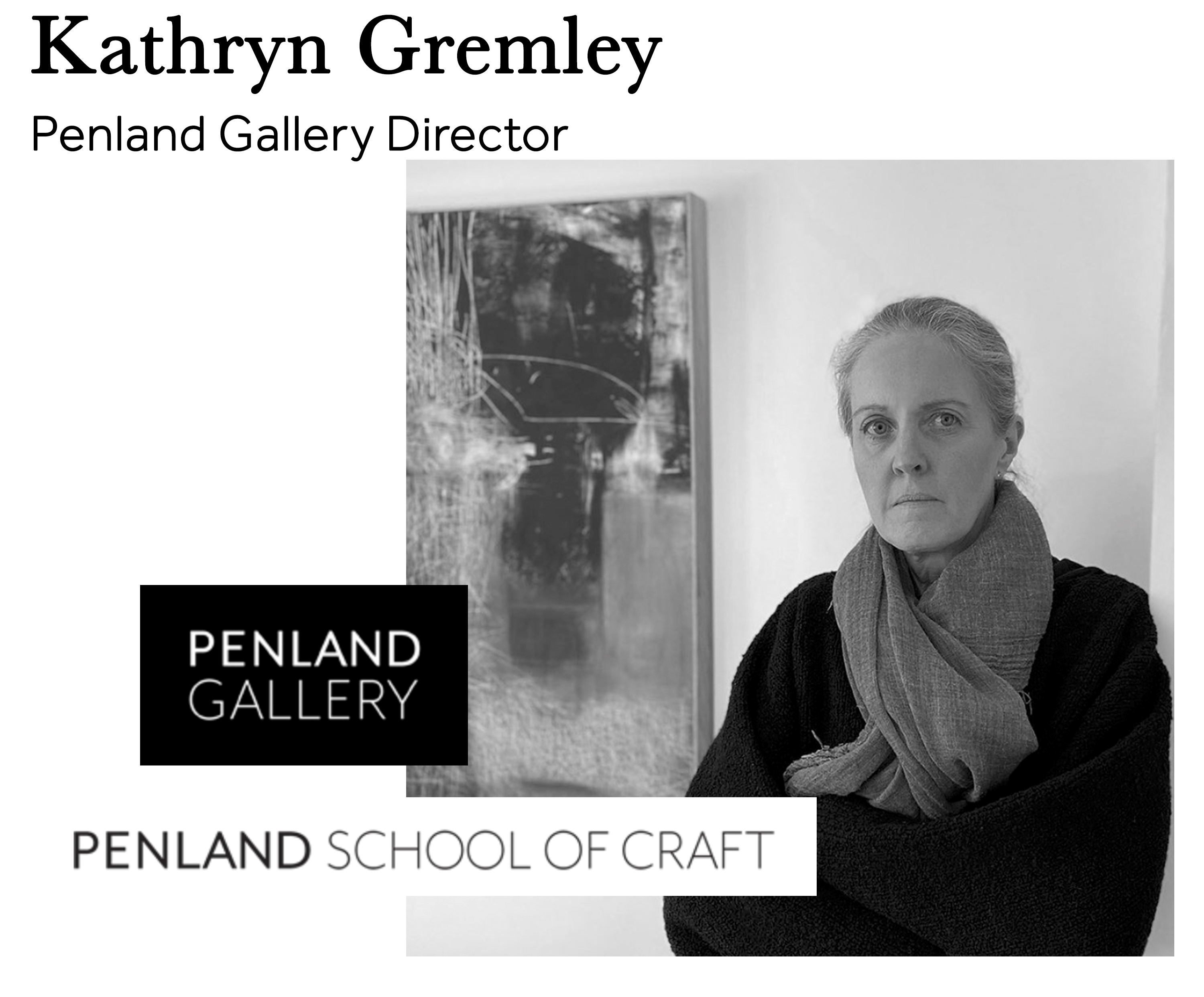
There was an entire issue of Studio Potter devoted to money in 2010, where Mary Barringer opened the issue, acknowledging the difficulty people have with discussing money matters. She wrote,
“Here’s a conversation-stopper: How much do you make in a year? Nothing will get potters to change the subject faster than a frank question about money. It is the great taboo of our field, the one topic an extremely garrulous tribe doesn’t want to discuss. In certain circles – and art is certainly one of them – talk of money is viewed as distasteful, irrelevant, or toxic; we do this for other reasons and measure its worth by other criteria. Which is not untrue, only incomplete. Let’s admit that money is one of the exes along which we plot our creative lives. It can empower, victimize, or undercut. It can aid creative exploration or block it. It can bolster self-worth or shred it, bring focus or distraction to making. Our personal ideas mingle with the collective consensus about value and exchange, reflecting both a private credo and a public system. Yet real information is hard to come by.”
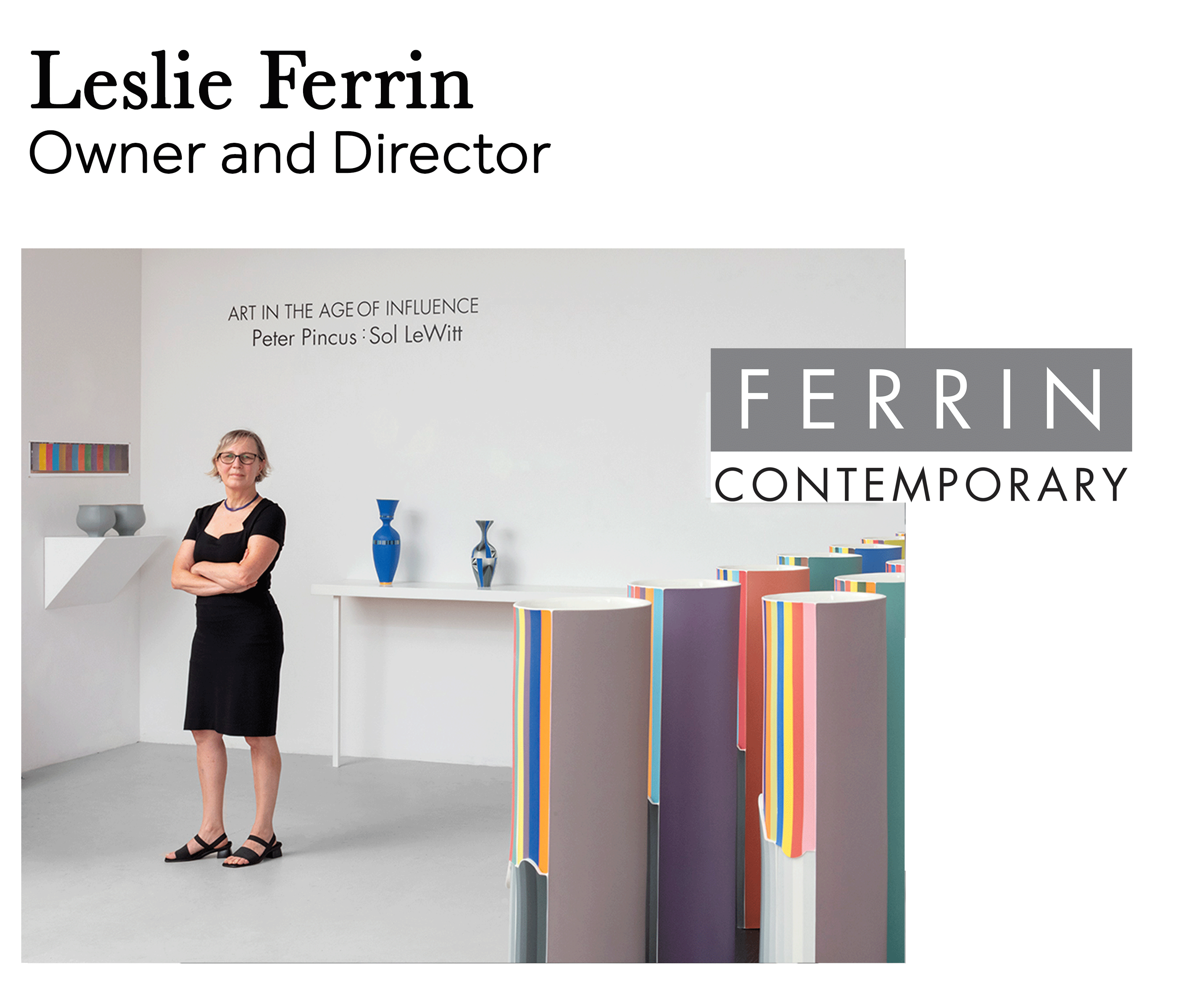
Kristen Kieffer has been a model of generosity, sharing the travails of her own financial inquiries for her entire career, most recently writing for Ceramics Monthly, “Workshop Logistics: Contract Norms and Honorarium Realties,” published in February 2020. She gathered statistics from a sampling of thirty artists, “Part of the goal of this article is to identify the norms of workshop contracts, logistics, and honorariums. Because there is no published standard or even suggested guidelines for pay rates (in the US)—and since conversations about money are taboo—most of us have winged it regarding what to request for a workshop honorarium and when to say no by asking peers and mentors, experimenting, or simply accepting what’s offered and hoping for the best.” Kieffer provided us with more transparency, and bravely arrived at a concluding list of bullets that offers the field some guideposts moving forward.
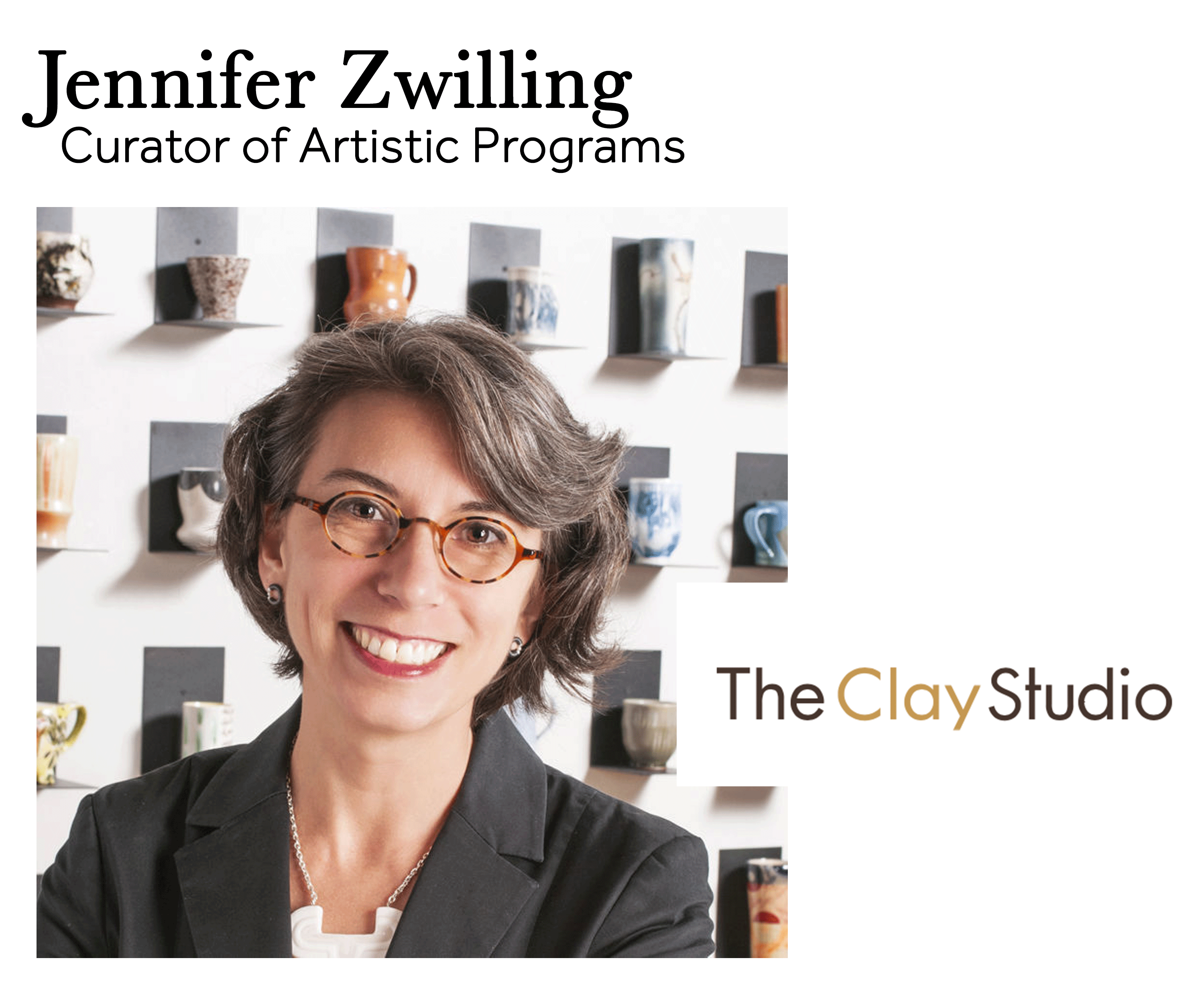
Even though, as Atoe and many others find, the money conversations are difficult and painted with the brush of “taboo,” they are happening all the time. The information is out there, but somehow the aggregate still hasn’t homogenized into a smooth, easily digestible foundation. The individual still must always do their due diligence and plot the best course they can for themselves. There are a lot of right solutions and there are dead ends too, but knowing where you stand and knowing what you hope to achieve is key.
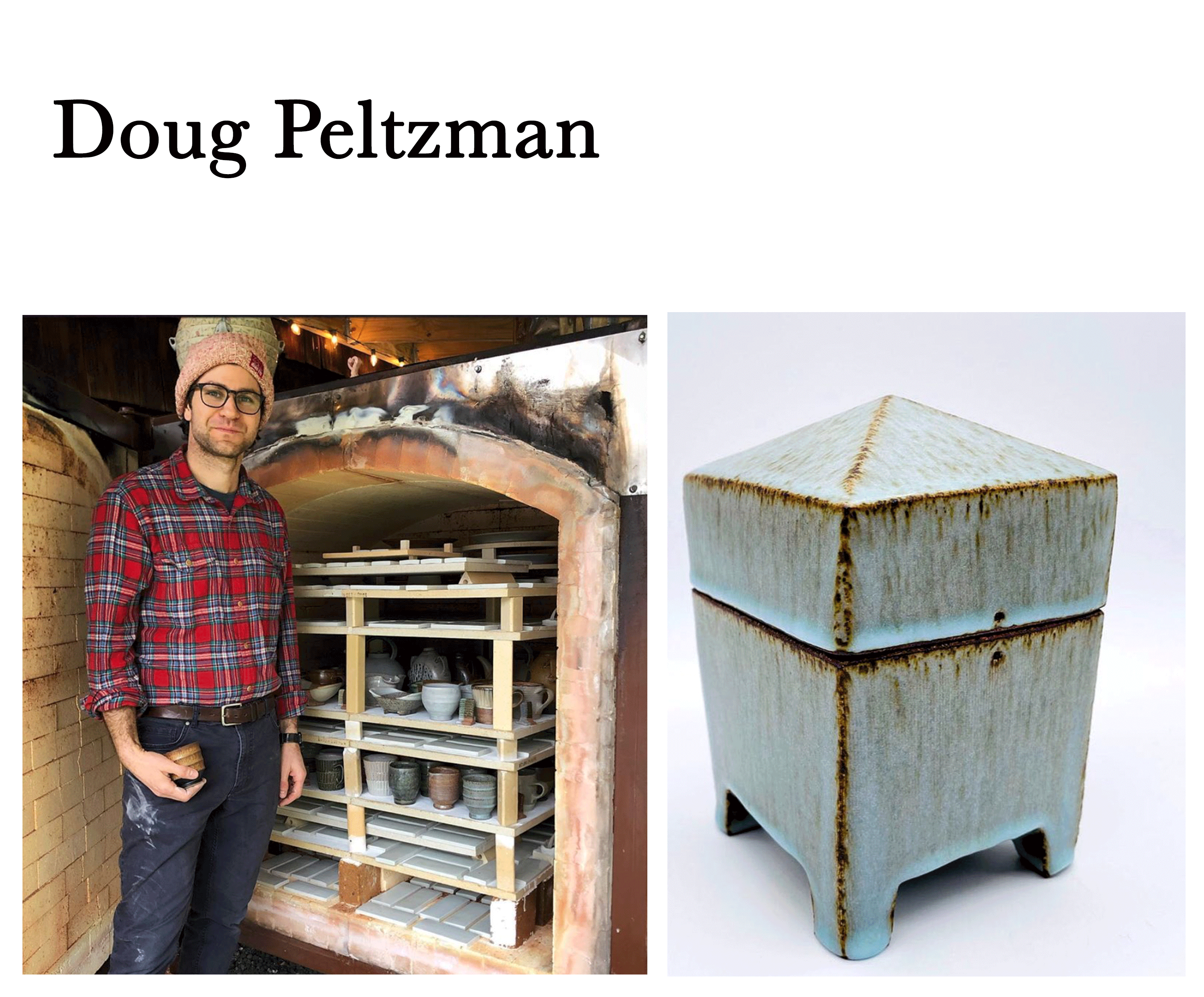
to the field, and finally a list of resources to support your efforts. In a Studio Potter series, we are going to dig into each point. Having set the tone by sharing the back story and a little history on what others have already written on the matter, let’s start with the importance of goals.
Identifying Your Goals
One thing most of the participants had in common was clarity about their goals, which inherently evolve as careers have matured. For an organization, this information can be found in the mission statement. In 2013 Forbes published, “Answer 4 Questions to Get a Great Mission Statement.” Even if your model is a solo endeavor, it’s worth considering:
- What do I do?
- How do I do it?
- Whom do I do it for?
- What value am I bringing?
“An effective mission statement must be a clear, concise declaration about your business strategy.”
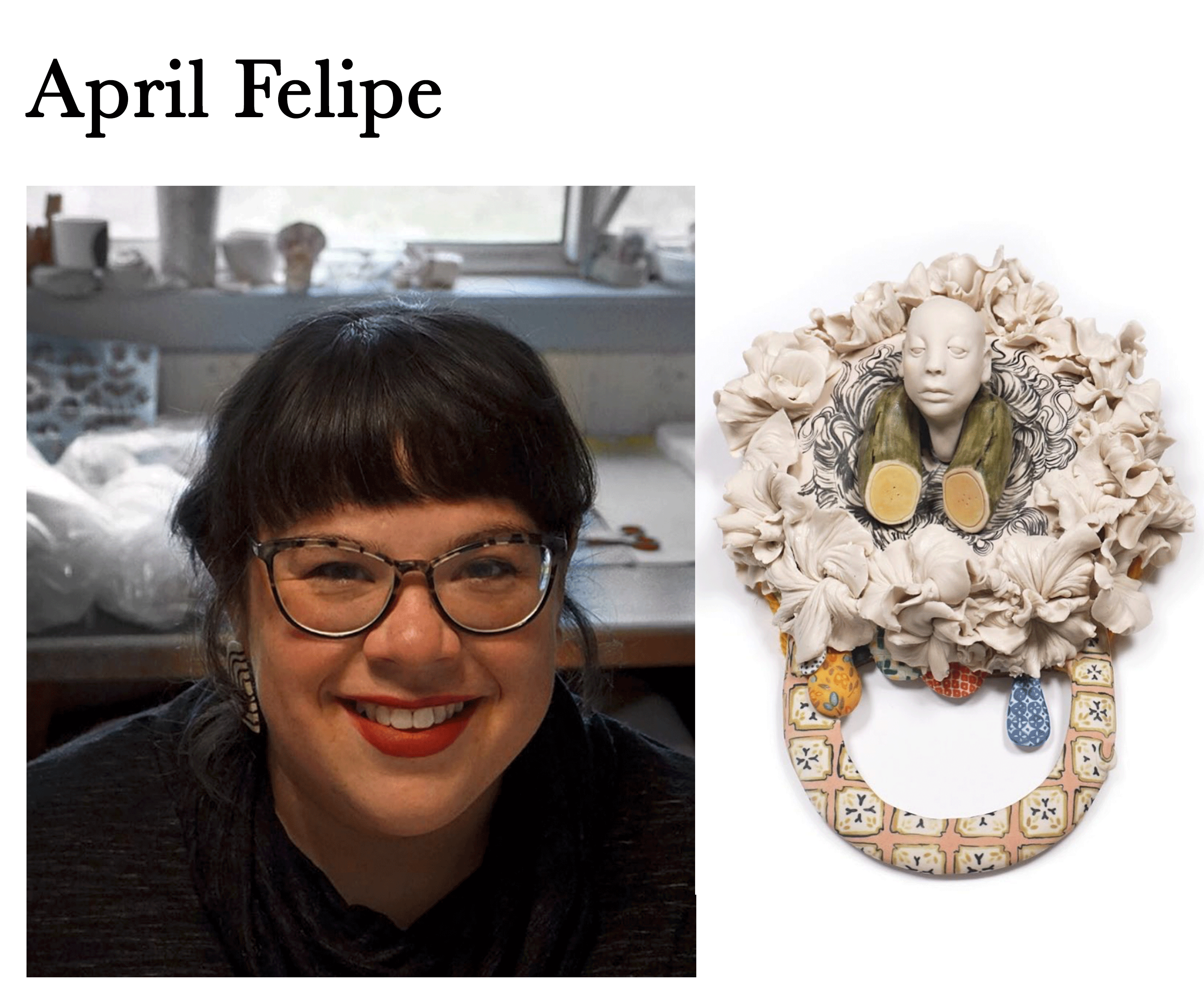
Kyle Lee, who has been working in clay for twenty years, and intently focused the last two years on developing his brand CERAMICMELTDOWN, has as his number one goal: leave the day job and operate his studio practice full-time within a year. He, like Atoe, has been overwhelmed with well-intentioned, if not sometimes misguided and tone deaf, offers. But Lee has decades of professional experience serving him in separating the wheat from the chaff. As he enters into a new level of his practice, another goal became clear: establish long-term relationships with organizations that will help his brand advance. He is asking himself and his potential business partners, “Are you going to escalate my brand?”
“I had a lot of startups that tried to get me involved with them, and I’m not interested in that. I don’t want to be part of a startup. That won’t move me forward the way I want to move forward. It’s about picking and choosing and having conversations and asking the right questions.”
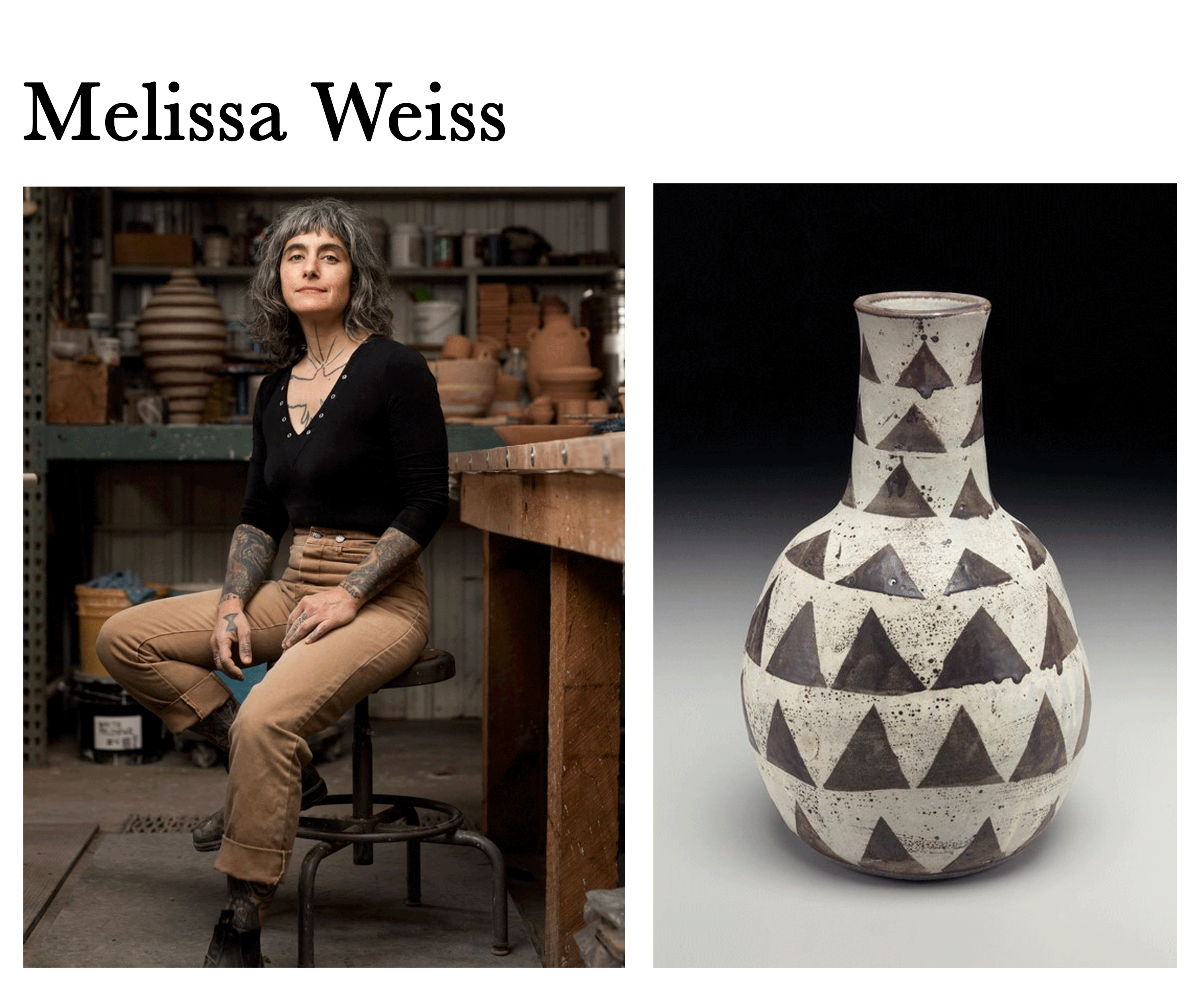
Lee uses other measures to assess the potential quality of these burgeoning long-term relationships and makes sure all terms are clearly defined:
- Am I selling my work on your site?
- Is this a drop-ship arrangement?
- What professional development opportunities are there in our agreement? Including but not limited to promotion, documentation, even business planning, and website development
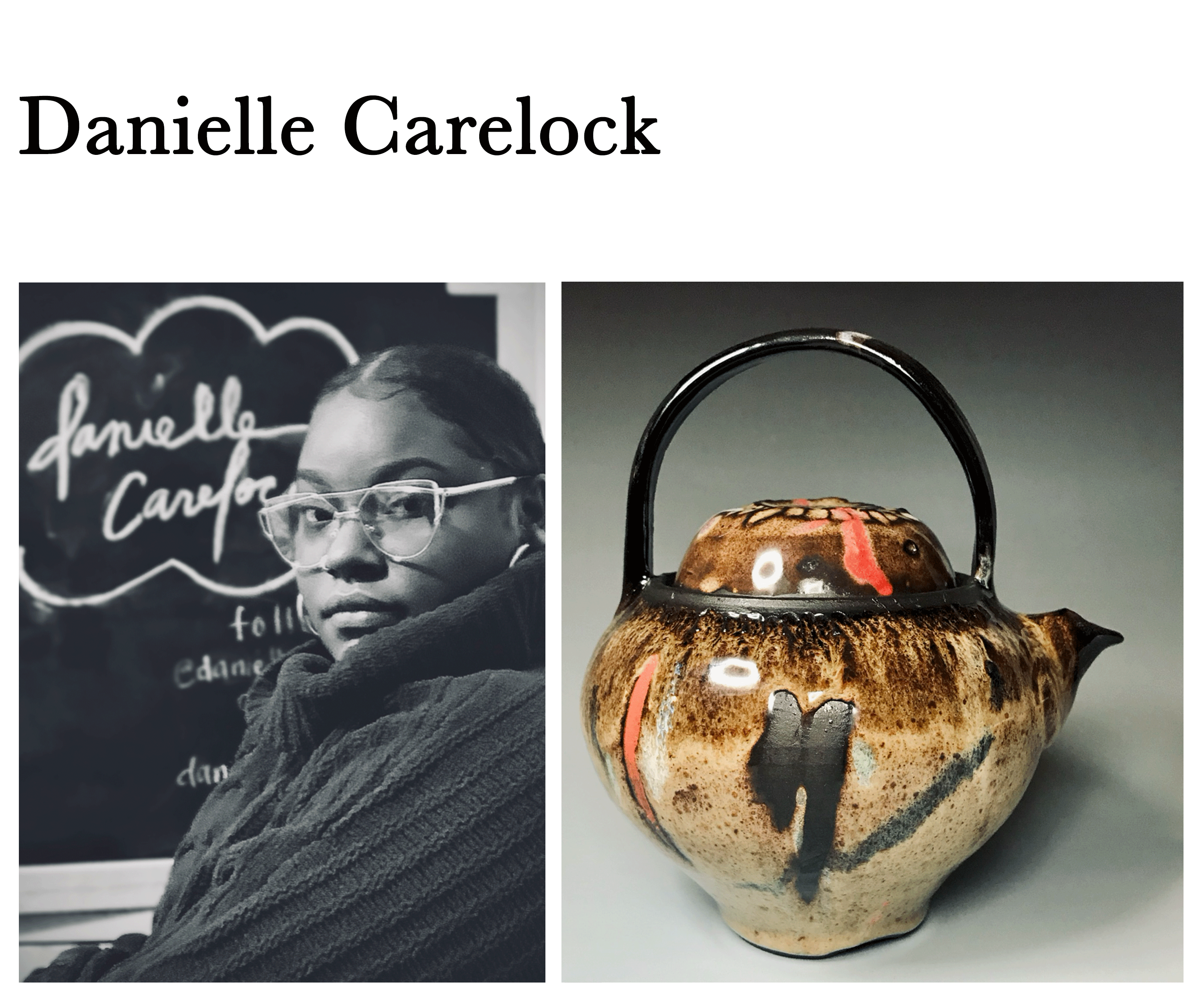
Adam Chau, as indicated above, is the consummate and self-described “obsessive” researcher because one of his goals is that he doesn’t want to overlap what other makers are doing, “I want to push the boundaries of digital technology. I want to be careful and always make something new and something my contemporaries can be inspired by.” He is always aware of what his peers in digital technology are doing. On the business side of things, Chau wants his studio to be sustainable, so he diligently tracks his time and finances, “making sure that it doesn’t go into the red.” Sustainability might seem like an obvious goal, but if you don’t name it in your list, you can’t plan for how you are going to achieve it.
Both Lee and Chau, it should be stated, are operating in the design arena. We will get more into what distinguishes the different pathways available to contemporary makers in our next issue, but for now, the fact that they have both identified design as their path, in turn, largely defines the future goals of their business plans.
Zwilling, curator of artistic programs at The Clay Studio, spoke to the future goals of The Clay Studio as they prepare to shift into a new space. Their move highlights the point that institutional goals, much like artistic ones, are an ever-evolving target. Even mission statements change over time. Mission statements and goals help individuals and organizations navigate between posts along their own continuum and should be reassessed at regular intervals.
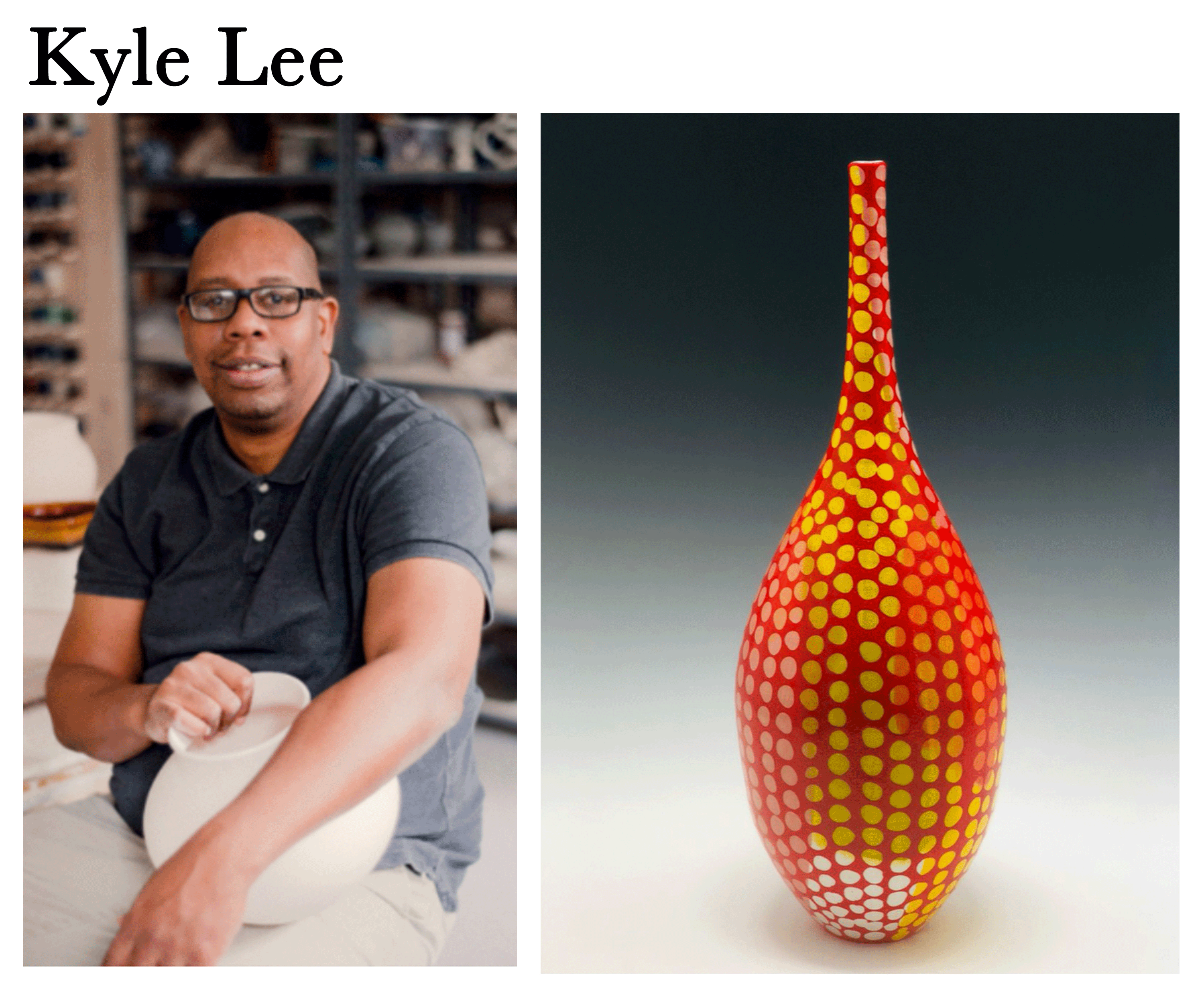
The year 2020 has
accelerated embedded assessment for everyone, from Lee and Atoe having to sort through mountains of incoming offers, to organizations like The Clay Studio pausing to reassess what “best practices” means moving forward. Goal setting is a fire in need of constant tending.
Meliss Weiss, after years of working with galleries and participating in large shows like the St. Croix Valley Pottery Tour, decided that the financial burden of working with galleries, plus the very real physical demands of keeping up with the supply chains for both was too burdensome. She adjusted her goals when she posed the question, “Do I want to stay home and just work with galleries, or do I want to [travel and] do shows?” But more recently, because of COVID, she has had to redefine her goals again when all of her shows were cancelled. She credits her ability to navigate this last hurdle with her investment in social media, “After almost a decade of treating social media like a job, being really consistent with it every day, I developed a large following,” and that following has seen her through this year. “I’m selling just as many pots as I would be selling if I was doing shows, and for that, I feel super lucky.”
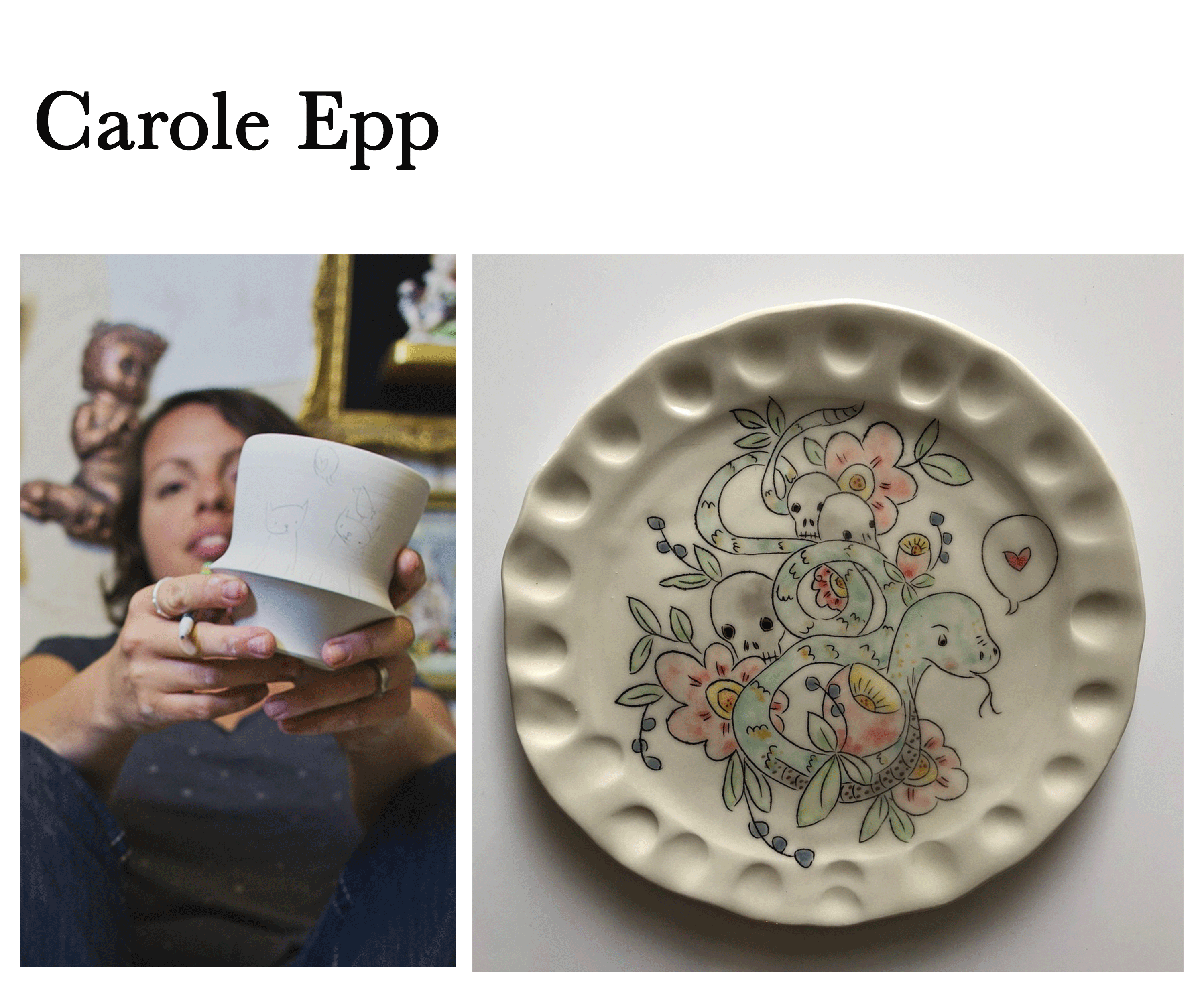
Finally, although there are certainly more examples that cropped up in the discussions, April Felipe provided an example of goal-setting by diversifying her practice, dividing it into two distinct halves, where one side of the studio is wholly attentive to market demands and the other side of her practice is wholly in service to her own desires, imaginations, and creative concepts. She also shores up her income working in a non-profit, the Dairy Barn, in Athens, Ohio, and with teaching, “That’s primarily how I keep my sanity.” This kind of multi-faceted approach to income is likely familiar to many readers. She seems to have always been clear about the goals for her sculptural practice, “You have to make what you want to make,” (a notion that may also be familiar to anyone who has read The Subtle Art of Not Giving a F*ck, a 2016 book by Mark Manson). Whatever you may think about the book, the larger point he makes in it is that everything is work, absolutely everything.
Your job is to decide what work you want to do. Where do you want to put your effort? Where do you want to set your goals? So when Felipe says, “You have to make what you want to make,” she has decided where she wants to put her efforts. The side of her practice that focuses more on the market has been branded under the name Baby Grape Designs. Having clear distinctions for tracking time and money, like Rhea did in her 2015 article, is yet another topic we will dig into a bit deeper in future segments.
In the meantime, what questions are you asking yourself to guide you in defining goals for your practice, for the business of your practice, for sustaining your physical and mental health? Studio Potter would love to hear from you, to know what conversations you are having about creating a market or navigating the existing markets which are always in flux. As a companion to this opening segment, we also sat down with Sunshine Cobb for an interview and you can watch and listen as you work in your studio. Please come back for the rest of this series. We have a lot more information to share and Studio Potter extends a grateful thank you to Atoe for asking for the conversation to happen, and to those who agreed to participate in the dialogue.

